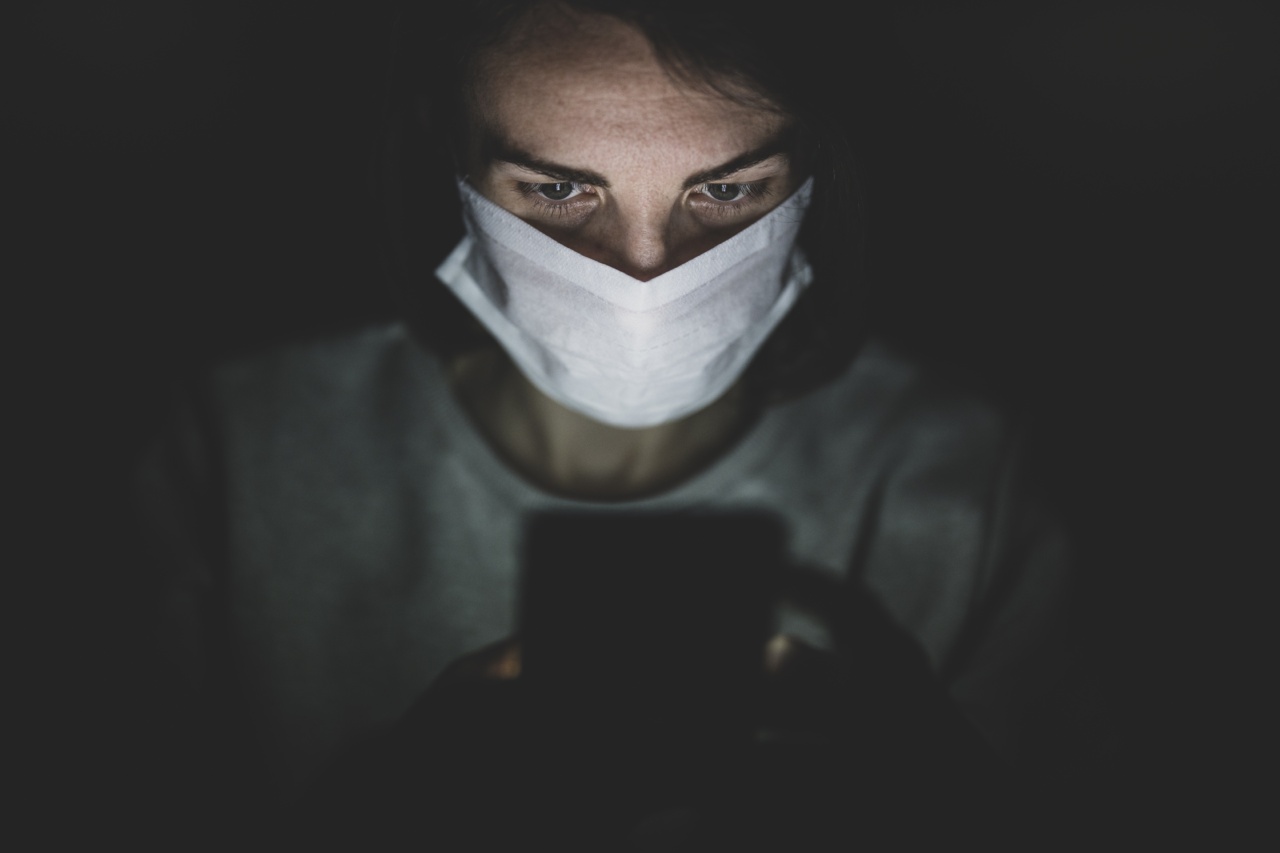Rashes are a common skin condition that can affect people of all ages. They can appear as red, itchy patches on the skin and may be accompanied by other symptoms such as inflammation, swelling, or pain.
Rashes can be caused by a variety of factors including allergies, infections, autoimmune disorders, or exposure to certain substances. In this article, we will take a comprehensive look at rash symptoms in order to understand their causes, types, and available treatment options.
Causes of Rashes
Rashes can be caused by a wide range of factors. Allergies to certain foods, medications, or environmental substances can result in the development of rashes.
Some common allergens include peanuts, shellfish, pollen, and certain medications like antibiotics or anticonvulsants. Infections caused by viruses, bacteria, or fungi can also lead to the appearance of rashes. Examples include chickenpox, measles, strep throat, or fungal infections like ringworm.
Autoimmune disorders, such as lupus or psoriasis, can trigger rashes as well.
Types of Rashes
Rashes can manifest in different forms, each with its distinctive characteristics. Some commonly encountered types of rashes include:.
1. Contact Dermatitis
Contact dermatitis is caused by direct contact with an irritant or allergen. It often appears as a red, itchy rash and can be triggered by exposure to certain soaps, detergents, cosmetics, or plants like poison ivy.
2. Eczema
Eczema, also known as atopic dermatitis, is a chronic condition characterized by dry, itchy skin and rash. It tends to run in families and can be triggered or worsened by factors such as stress, dry climates, or certain fabrics.
3. Psoriasis
Psoriasis is an autoimmune condition that leads to the rapid buildup of skin cells, resulting in thick, red patches covered with silvery scales. It commonly affects the scalp, knees, and elbows and can cause itching and discomfort.
4. Hives
Hives, also known as urticaria, are itchy red or pink welts that can appear anywhere on the body. They are often caused by allergies to certain foods, medications, or insect bites.
5. Rosacea
Rosacea is a chronic inflammatory skin condition that primarily affects the face. It typically presents with redness, visible blood vessels, and sometimes pimples. Triggers for rosacea can include sunlight, spicy foods, alcohol, or stress.
6. Shingles
Shingles is a painful rash caused by the varicella-zoster virus, which is the same virus that causes chickenpox. It usually occurs in adults who have had chickenpox before, and the rash develops as a band or belt on one side of the body.
7. Heat Rash
Heat rash, also known as prickly heat, occurs when sweat gets trapped under the skin, leading to tiny red bumps and itching. It is common in hot and humid environments or in individuals wearing tight clothing that hinders sweat evaporation.
8. Drug Eruptions
Certain medications can trigger rashes, known as drug eruptions, as a side effect. These rashes can vary in appearance and severity, ranging from mild redness and itching to more severe blistering or skin peeling.
9. Scabies
Scabies is a contagious skin infestation caused by the Sarcoptes scabiei mite. It leads to intense itching and a pimple-like rash, often in the folds of the skin or between fingers and toes.
10. Erythema Multiforme
Erythema multiforme is a skin condition characterized by target-like lesions that appear as red or dark circular patches. It is often triggered by infections, medications, or an allergic reaction to substances like certain foods or insect bites.
Treatment Options for Rashes
Treatment for rashes depends on the underlying cause and severity of the symptoms. In mild cases, over-the-counter creams or ointments that contain hydrocortisone or antihistamines can help alleviate itching and reduce inflammation.
Avoiding triggers, such as known allergens or irritants, is crucial in managing rashes caused by contact dermatitis or allergies. For more severe or persistent rashes, prescription medications like corticosteroids, antibiotics, or antifungal creams may be necessary.
In some cases, particularly with autoimmune-related rashes, systemic medications or immunosuppressants might be prescribed by a healthcare professional.
Conclusion
Rashes can be a common skin complaint with various causes and presentations. Identifying the underlying cause and understanding the different types of rashes can help in their appropriate management and treatment.
If you have a persistent or concerning rash, it is always advisable to consult a healthcare professional for an accurate diagnosis and suitable treatment options.




























